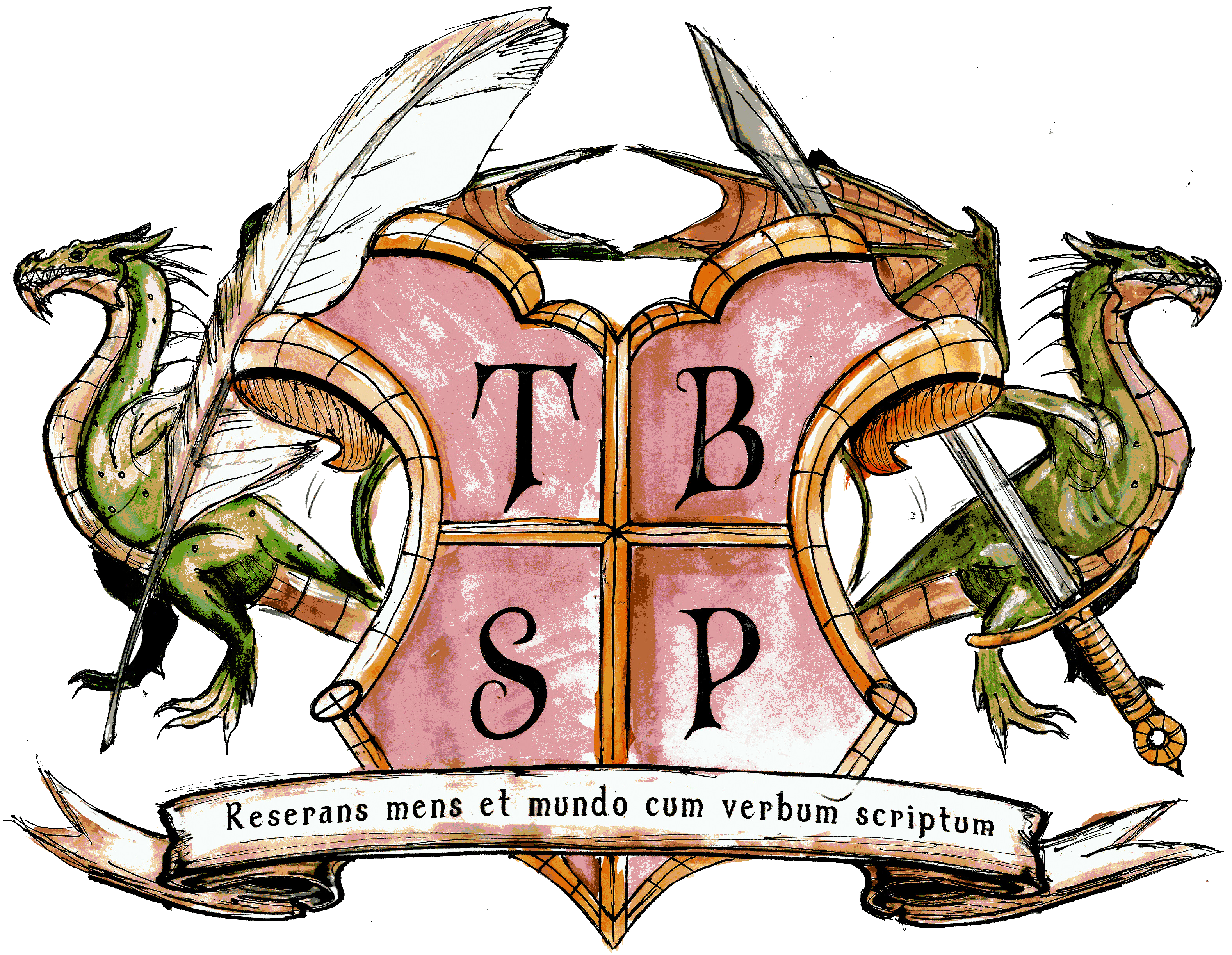THE image is perhaps too small to read the block of text under the title, so I will oblige all of you with a transcription: A complete guide to all fourteen of the languages Tolkien invented.
Yes. You read it correctly. Fourteen! I figured if it gives me even the slightest inclination as to how he did it with fourteen, then surely I should be able to create at least one!
I read that thing from cover to cover. Twice.
And then I re-read it with a journal and pen to take notes on all the helpful information it contained. It is in no way a reference guide to how Tolkien did it, but it contained enough clues for me to discern a pattern and methodology. And with my journal now full of notes, hints, and questions for me to ask myself about my own language, I decided to jump in head first.
I also discovered something important. Tolkien didn’t create his languages from scratch, he had a little help. I am not saying that Tolkien wasn’t a genius because he didn’t create his language from scratch—because he absolutely was one; I am saying that perhaps the fact that he decided to use an existing language for guidance proved his very genius. Why not borrow parts of a language that already has all of the ‘kinks’ worked out? It made perfect sense to me, so that’s what I decided to do.
As Tolkien based his language upon Finnish (whether it was just one—or perhaps all fourteen—I am not certain), I, too, decided to structure [at least parts of] my language on an existing one…. well, many, actually. Parts of my language are derived from Gaelic, parts from French, parts from Latin, parts from Finnish, parts from Hebrew (the list actually goes on, but I will spare you from its entirety).
Also, like Tolkien, I decided to use combination forms of words so that I could create better-formed proper nouns—names of characters and places and important things.
This post is getting rather long, so I will end it and continue where I left off in a future post. Keep your eye out for it! 🙂



